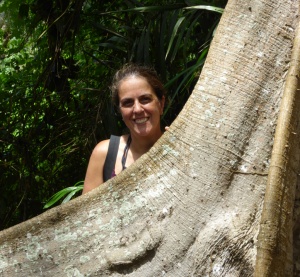Costa Domingues, T., Santos, C.D., Rainho, A., Abedi-Lartey, M., Fahr, J., Wikelski, M. & Dechmann, D.K.N. (2020) Assessing roost disturbance of straw-coloured fruit bats (Eidolon helvum) through tri-axial acceleration.
PLOS One,
15(11), e0242662. DOI:10.1371/journal.pone.0242662 (IF2020 3,240; Q1 Multidisciplinary Sciences)
he disturbance of wildlife by humans is a worldwide phenomenon that contributes to the loss of biodiversity. It can impact animals’ behaviour and physiology, and this can lead to changes in species distribution and richness. Wildlife disturbance has mostly been assessed through direct observation. However, advances in bio-logging provide a new range of sensors that may allow measuring disturbance of animals with high precision and remotely, and reducing the effects of human observers. We used tri-axial accelerometers to identify daytime flights of roosting straw-coloured fruit bats (Eidolon helvum), which were used as a proxy for roost disturbance. This bat species roosts on trees in large numbers (often reaching hundreds of thousands of animals), making them highly vulnerable to disturbance. We captured and tagged 46 straw-coloured fruit bats with dataloggers, containing a global positioning system (GPS) and an accelerometer, in five roosts in Ghana, Burkina Faso and Zambia. Daytime roost flights were identified from accelerometer signatures and modelled against our activity in the roosts during the days of trapping, as a predictor of roost disturbance, and natural stressors (solar irradiance, precipitation and wind speed). We found that daytime roost flight probability increased during days of trapping and with increasing solar irradiance (which may reflect the search for shade to prevent overheating). Our results validate the use of accelerometers to measure roost disturbance of straw-coloured fruit bats and suggest that these devices may be very useful in conservation monitoring programs for large fruit bat species.

